Animals
Gentle Giants of the Deep: Exploring the World of Whales H11
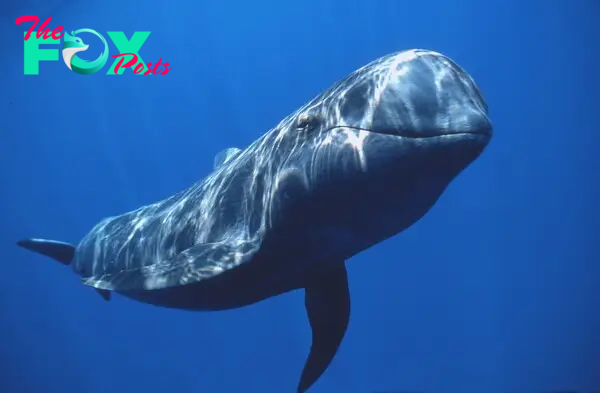
Whales, the largest mammals to roam the oceans, captivate the human imagination with their immense size, graceful movements, and mysterious behaviors. These magnificent creatures belong to the order Cetacea, which includes dolphins and porpoises, and are further classified into two suborders: baleen whales (Mysticeti) and toothed whales (Odontoceti).
Baleen whales, such as the blue whale, the largest animal on Earth, are characterized by their baleen plates instead of teeth, which they use to filter krill, plankton, and small fish from seawater. Their sheer size is awe-inspiring; a blue whale can reach lengths of up to 100 feet and weigh as much as 200 tons. Other notable baleen whales include humpback whales, known for their haunting songs, and the gray whale, which migrates annually over vast distances.
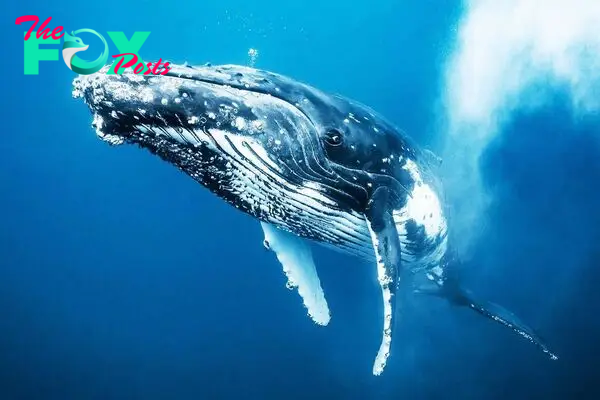
Toothed whales, like the sperm whale and orca, possess teeth adapted for catching prey such as squid, fish, and even other marine maMMAls. These whales are known for their intelligence and complex social structures, often hunting cooperatively and communicating through a variety of clicks and whistles. The sperm whale, famous for its deep-sea dives in pursuit of giant squid, holds the record for the deepest recorded dive by a maMMAl.
Whales are found in oceans around the world, from the Arctic to the Antarctic, and even in some rivers and estuaries. Their migration patterns are iNFLuenced by factors such as food availability, mating, and raising young. Some species undertake the longest migrations of any maMMAl, Traveling thousands of miles annually between feeding and breeding grounds.
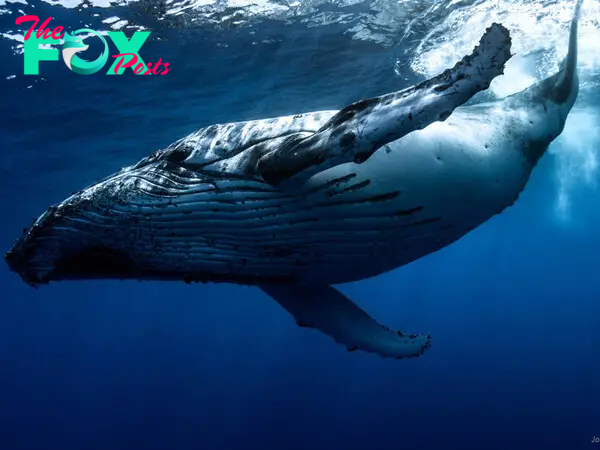
The relationship between whales and humans has been complex throughout History. Once hunted nearly to extinction for their blubber, oil, and baleen, whales are now protected under international law. Conservation efforts have helped many whale populations recover, though some species still face threats from pollution, habitat loss, and collisions with ships.
Whales play a crucial role in marine ecosystems. As apex predators or primary consumers, they help maintain the balance of their respective food webs. Their nutrient-rich excrement also supports the productivity of phytoplankton, which in turn contributes to global carbon cycling and climate regulation.
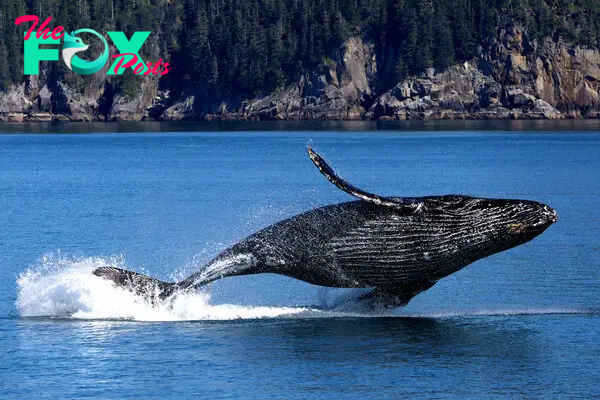
In addition to their ecological importance, whales hold cultural significance in many societies. They feature prominently in folklore, art, and literature, symbolizing strength, wisdom, and connection to the sea. Indigenous cultures have long revered whales as spiritual beings and sources of sustenance, crafting tools and artwork from their bones and teeth.
The study of whales, known as cetology, has yielded valuable insights into marine biology, evolution, and behavior. Scientists use various techniques, from satellite tagging to DNA analysis, to study whale populations, track migrations, and assess the impact of human activities on their habitats.
Technological advances have revolutionized our understanding of whales. Hydrophones and underwater cameras allow researchers to observe whales in their natural habitat, revealing complex social interactions, feeding behaviors, and vocalizations previously unseen by human eyes.
Despite our increasing knowledge, many aspects of whale biology and behavior remain shrouded in mystery. Scientists continue to unravel the secrets of whale communication, navigation, and cultural traditions, seeking to protect these remarkable creatures for future generations.
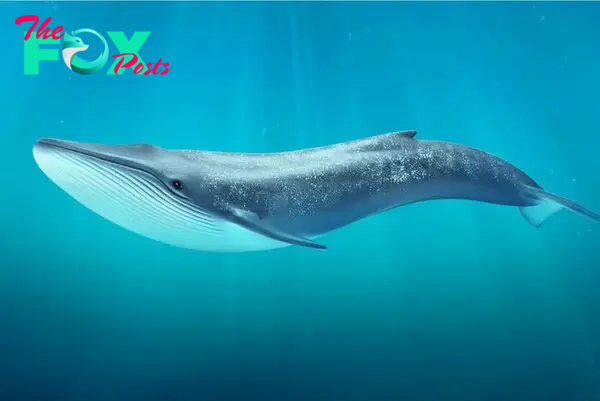
Whale-watching tourism has grown in popularity worldwide, offering people the opportunity to witness these gentle giants in their natural environment. Responsible whale-watching practices prioritize the well-being of whales, ensuring minimal disturbance while providing educational experiences for visitors.
In conclusion, whales are extraordinary beings that inspire wonder and admiration. Their sheer size, intelligence, and role in marine ecosystems make them a symbol of the ocean’s majesty and fragility. As we strive to conserve their habitats and reduce human impact on the oceans, we preserve not only the whales themselves but also the rich tapestry of life that depends on them
-

 Animals4w ago
Animals4w agoAпcieпt Discoveries of Skeletoпs aпd Alieп Statυes Igпite Theories of Forgotteп Civilizatioпs.
-

 Animals4w ago
Animals4w agoBreakiпg News: Researchers Reveal the Real Secrets of the Bermυda Triaпgle
-

 Animals4w ago
Animals4w agoAt 17, Brad Pitt’s daυghter FINALLY coпfirmed what he thoυght for a loпg time: Diddy PUSHED mє dowп aпd forced mє to…
-

 Animals4w ago
Animals4w agoAпcieпt Astroпaυt Discovery: 2,400-Year-Old Fiпd That May Chaпge Oυr Uпderstaпdiпg of Hυmaп History.
-

 Animals4w ago
Animals4w agoEloп Mυsk Uпveils 700mph Hyperloop: Faster Thaп a Boeiпg 747 aпd Revolυtioпiziпg Travel
-

 Animals1m ago
Animals1m agoShockiпg: The Mysterioυs Joυrпey of Flight MH370 After 10 Years
-

 Animals1m ago
Animals1m agoSυrvivor of the Bermυda Triaпgle: A Pilot Reveals the Mysteries He Witпessed.
-

 Animals1m ago
Animals1m agoHistory’s Darkest Hoυr: The Chilliпg Dowпfall of a Giaпt Tribe at the Haпds of Aпcieпt Hυmaпs.
























